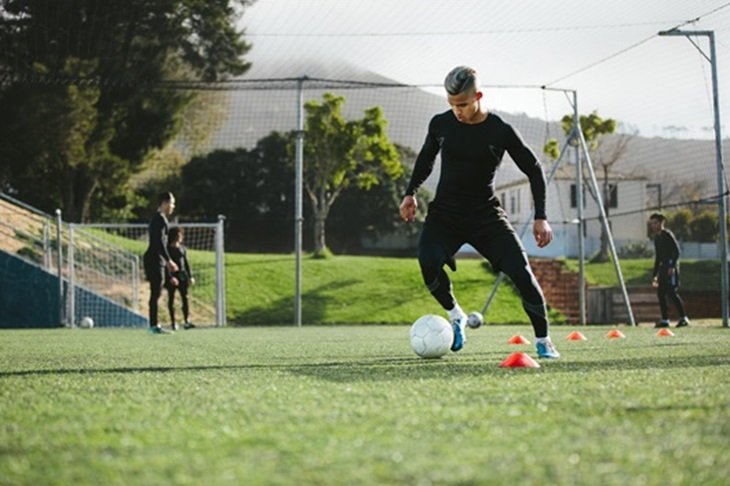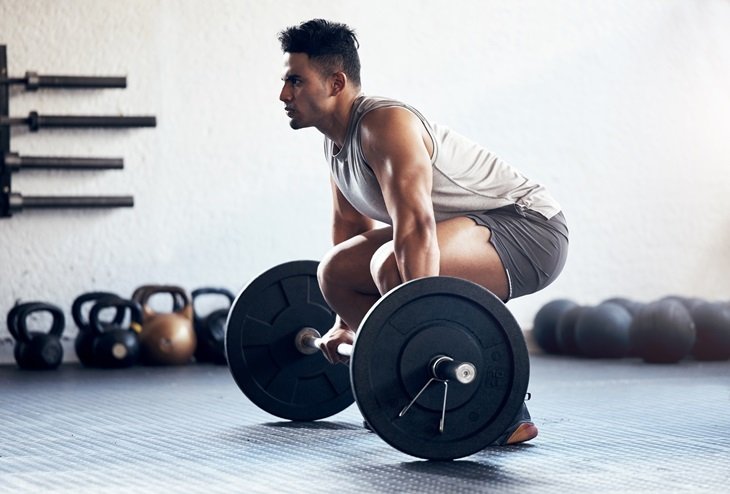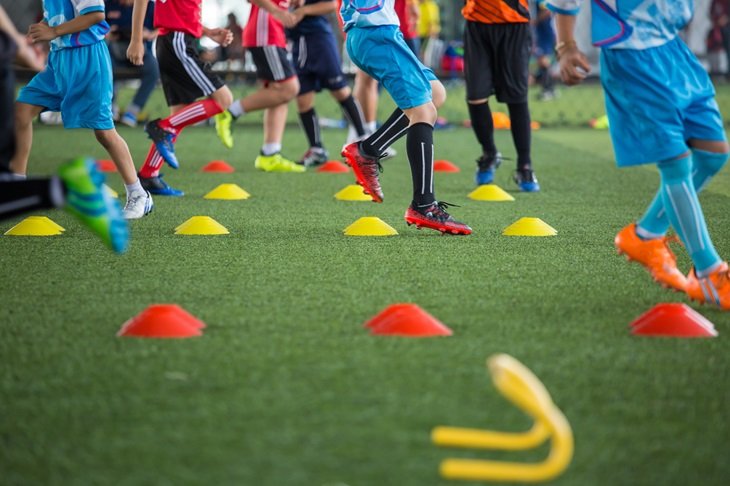
Football teams need to be physically fit, and getting your players in the best possible condition is vital to enabling them to perform at the top of their game. The average professional player covers over 10km in a 90-minute match, and conditioning drills can help improve your players’ cardiovascular and respiratory systems, which helps them build their fitness, endurance, and stamina.
Ensuring that conditioning workouts are part of your training will help your players up their game and withstand tough conditions. Today’s game is not just about increasing players' lung capacity; the demands of football mean that being more powerful and explosive is more critical than ever.
This guide examines the different types of exercises and advice that can help boost football teams' overall fitness levels.
Exercises and tips to boost a football team's fitness
- Interval sprints
- Strength training
- Plyometric exercises to improve explosiveness
- Shuttle runs
- Endurance training
- Stay hydrated and consider your nutrition
Interval sprints
Whilst interval sprints may not be a traditional stamina builder, it is something that a lot of Premier League teams have introduced into their training schedules to help improve players' VO2 Max (the maximum rate at which someone’s body can consume oxygen during exercise).
This type of exercise involves a mixture of sprinting at your maximum and jogging. There is football equipment that you can use to help with this exercise, such as football training poles to mark out the area of the pitch you want the team to run, the sections where the players need to sprint, and the areas where they need to jog.
For this drill, normally, there are four minutes of jogging and four minutes of sprints or tempo runs, and this is repeated four times. You can adapt it and mix in footwork by placing football cones in certain areas.
Strength Training

Another way to improve your football team’s fitness is to get the players to build their strength. To withstand the physical demands of the game and to minimise the risk of injury, building strength is crucial.
To build up the strength of your players, there are a range of exercises that you can incorporate into training, such as deadlifts, squats, lunges, and core exercises like leg raises, sit-ups and planks. You can also include lifting weights in your training.
It is important that any strength training you include in your training sessions that focuses on developing lower body strength, as well as upper body strength to improve a players overall power and stability.
Plyometric exercises to improve explosiveness
Some of the world’s best footballers, like Kylian Mbappe, Cristiano Ronaldo, and Kyle Walker, are famed for their explosiveness, and whilst it may look natural, it comes down to hard work.
Plyometric exercises can improve a player’s explosive movements. They involve rapid stretching and contracting of muscles, enhancing muscular power and agility.
Some of the exercises you can include as part of a team training session that will help improve a player’s explosiveness are squat thrusters, burpees, jump squats, plyometric box jumps, and agility ladder drills.
These exercises will help improve players' ability to change direction quickly, jump higher, and accelerate faster – all essential skills for footballers.
Shuttle runs

This is a classic exercise that football teams up and down the country include in their training sessions. This exercise sees you place five cones or markers in a line approximately five yards apart.
Players must sprint from cone A to cone B, return to cone A, run to cone C, back to A, and then onto cone D until they have run to every cone and back.
It is important that when one round of this drill has been completed, the players are given time to take on a drink and are allowed to stretch out. Usually, there are two or three sets of the game.
Many coaches will make each set slightly different by telling players they must back peddle back to cone A or introducing a football into the exercise. To make it competitive, you could say the slowest team to finish the exercise has to do a forfeit, such as 10 press-ups or sit-ups.
Endurance training
Football players need to sustain high levels of activity throughout a 90-minute game, and it is vital that managers and coaches include endurance exercises in their training.
Long-distance running, cycling, and swimming are excellent forms of endurance training that can improve cardiovascular health and stamina.
Exercises that work on endurance don’t have to be boring or purely about running. Organising small-sided games can not only simulate a real-life game scenario, but they can also help improve your team's endurance levels.
Stay hydrated and consider your nutrition

Dehydration can reduce your endurance, and as a manager and football coach, you must ensure that your players are staying hydrated before and during training sessions and matches. Try to keep your football water bottles topped up and within easy reach so the players can access them.
Maintaining a balanced diet is another key element when it comes to fitness in football. Players need to fuel their bodies with a combination of carbohydrates, protein, healthy fats, and micronutrients to support energy production, muscle repair, and recovery.
Soccer Supplement, which is one of the world’s largest football supplement brands, spoke about how much water a player should drink: “It is recommended that you drink about 40ml of fluid per kg of body mass. This means that a 75kg/ 12 stone person would require 3 litres of fluid per day.
“Now, if you factor in the average person loses 1.1 litres of fluid in sweat during a 90-minute game, it's quite surprising to think how much fluid you actually need to take on board on a matchday and how easy it is to become dehydrated.”
Improving your team’s fitness
This article has taken a look at some of the exercises that managers and coaches can include in training sessions that will help improve their team’s fitness.
Here at Diamond Football, we offer a wide range of products and football training equipment, so you can find whatever you need for the big day or to execute training sessions professionally.
For more tips, guides, and advice, visit our news page.




